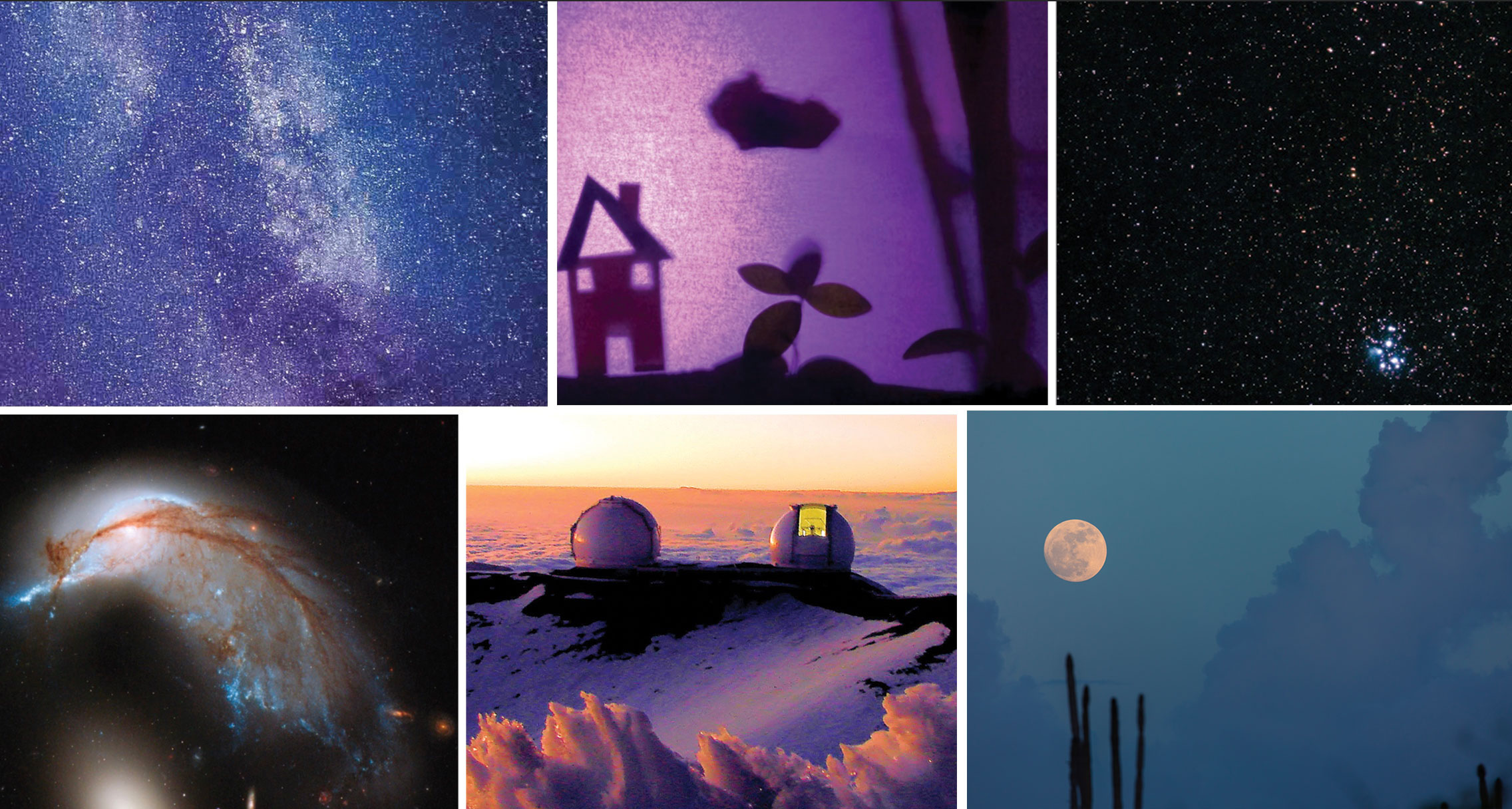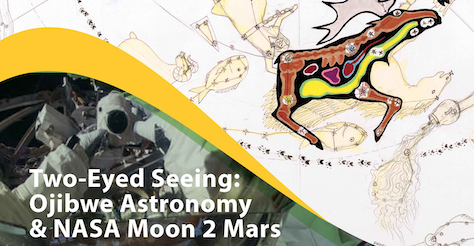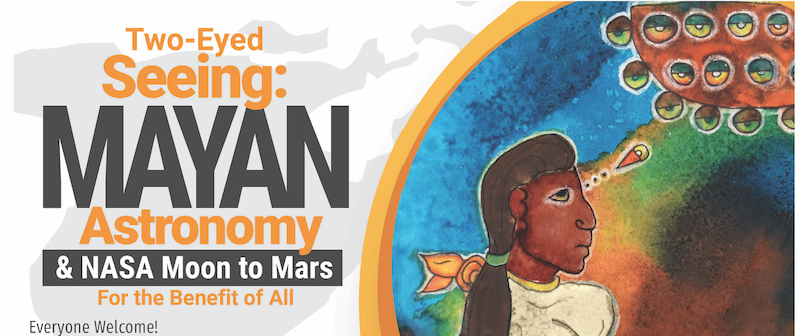New Event - LIVE (VIRTUAL) SHOW!
(top left), Photo by Bjorn Franke; Photo by Wirestock; Photo by Max Huck (center); Photo by Bjorn Franke, Image by NASA, ESA, and the Hubble Heritage Team (STSci/AURA); Photo by Wirestock (bottom right)
"Two Eyed Seeing: Arabian Indigenous Astronomy & The Stardust Project”
Friday, May 14, 2021
10 am pdt, 11 am mdt, 12 noon cdt, 1 pm edt
Join us on Friday, May 14, 2021 at 10 am pdt, 12 noon cdt for an exciting bonus virtual livestream featuring relationship to sky through two different lenses: Arabian Indigenous Astronomy and the We-Are-Stardust project. The Arabian Indigenous Astronomy will focus on ancient methods for using rising and setting stars to forecast seasonal changes. Drawing from Arabic sources of poetry and rhymed prose, Danielle Adams from Lowell Observatory will show participants how to use these ancient methods to make their own star calendars to forecast important annual events in their lives. In addition, results from a new collaboration, called "We Are Stardust", between Native Skywatchers and Starry, Starry Night (UC-Santa Cruz), will be presented. This project, firmly rooted at the intersection of Art-Science, and Culture, is aimed at engaging Indigenous students and their teachers allowing participants of all levels to engage in creating interdisciplinary content.
Presented by: Danielle Adams, Annette S. Lee, Raja GuhaThakurta, Tavia La Follette, Kate Rosok, and Andrea Medina. Supporting organizations are: Lowell Observatory, Native Skywatchers, Starry-Starry-Night (UC-Santa Cruz), and NASA-Next Gen STEM.
Educator Materials & Resources:
- Slides supplement to the Live Show | View & Download
- Event Flyer | View & Download
- Recording of Live Event (now available) | View
Calling All Educators - Free Ojibwe or D(L)akota Star Map Poster!
Interested in getting a free native star map for your classroom? Deliver one NASA activity related to this project to your class before May 1, 2021 and send us feedback. Contact Jim Knutson-Kolodzne at nativeskywatchers@gmail.com for more details or call us at (612)-314-9717
Email Jim directly: ainckolodzne@hotmail.com
Our Favorite NASA Resources - Moon to Mars and STEM on Station:

Moon To Mars - Build a Heat Shield!
Students work together as a team to design and build a heat shield that will protect the contents (candy) of a crew module from a simulated atmospheric re-entry (hair dryer)...from the Educator Guide - Crew Transportation with Orion
Grades 6-8
More Info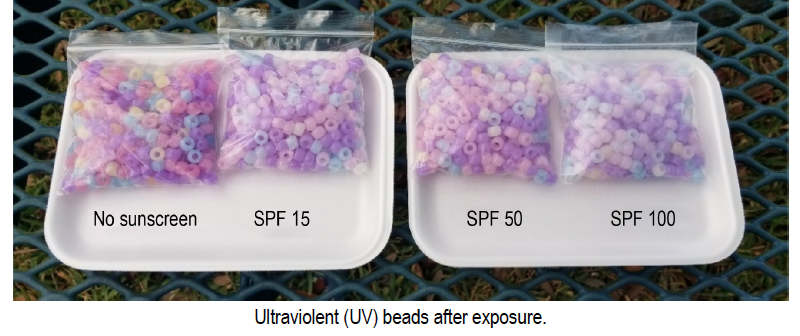
Moon To Mars - Test Materials for a Radiation Shield
Students will use UV-sensitive beads to test a variety of materials to determine if they are suitable for shielding against ultraviolet (UV) raditaion...from the Educator Guide - Habitation with Gateway
Grades 6-8
More Info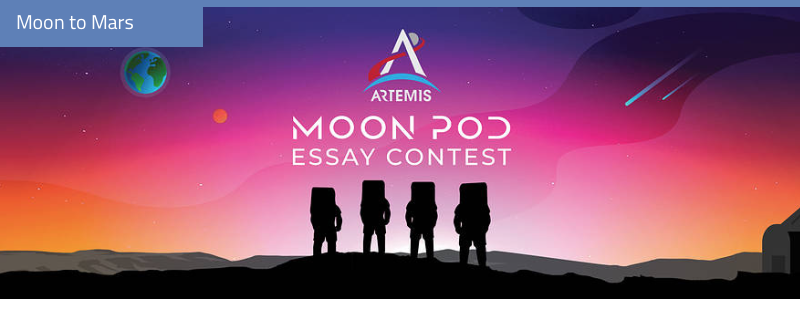
Moon Pod Essay Contest & NASA Moon 2 Mars
Your challenge is to imagine a one-week expedition to the Moon's South Pole...What should you bring? Who gets to be on your team? What skills should they have? What tech do you need? Write an essay and tell NASA about your idea!
Grades K-4; 5-8; 9-12
More info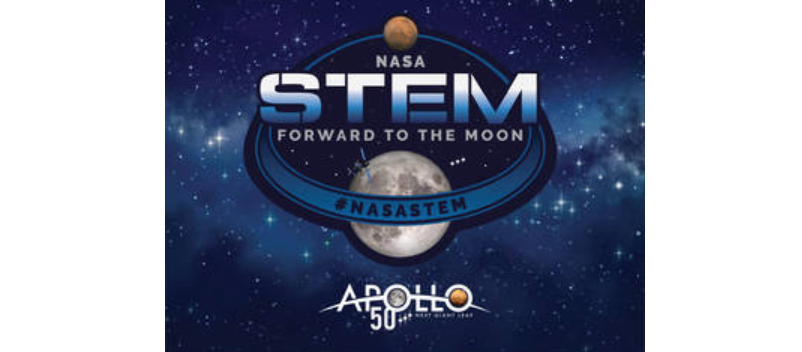
NASA STEM-Forward to the Moon - Educator Guide
Hands-on science activities...Scale of Earth-Moon-ISS-Mars; Make a ballon rocket with a payload; simulating gravity with magnets; water filtration with a 2L bottle; design a lunar habitat; simulating finding oxygen on the Moon and more!
Grades K-4, 5-8, Informal Education
More Info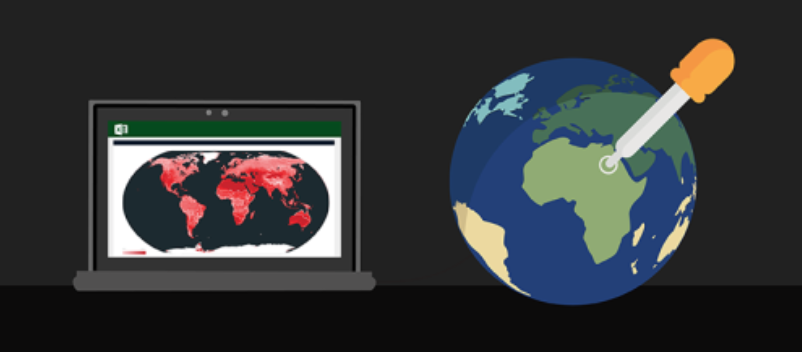
STEM on Station & Mircosoft-STEM Hacking Lesson - Analyzing Colors of Earth -
The astronauts have been observing and documenting changes to our planet through photographs in pursuit of their mission of improving life both in space and on Earth. With the aid of computational predictive models and artificial intelligence, the color values from these images are now being analyzed by scientists to study and predict climate change.
Grades 6-8; 9-12
More Info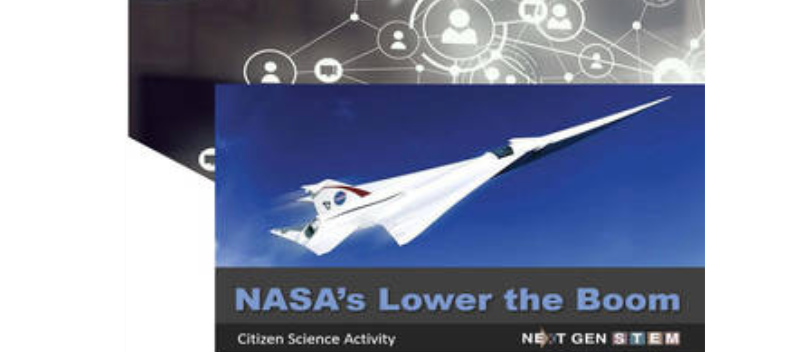
NASA Lower the Boom - Citizen Sciece & Good Vibrations ...and More!
Tons of great lessons here: 3 ... 2 ... 1 … Takeoff!; Fantastic Forces; Senses Sound; Shape Your Flight; Sound Effects; X-Plane Glider Design Challenge; Sound on a String; Lower the Boom Citizen Science Guide
All Grade Levels; Informal Education
Grades K-4; 5- 8; 9-12
More infoSchedule of Live Shows for this Project:
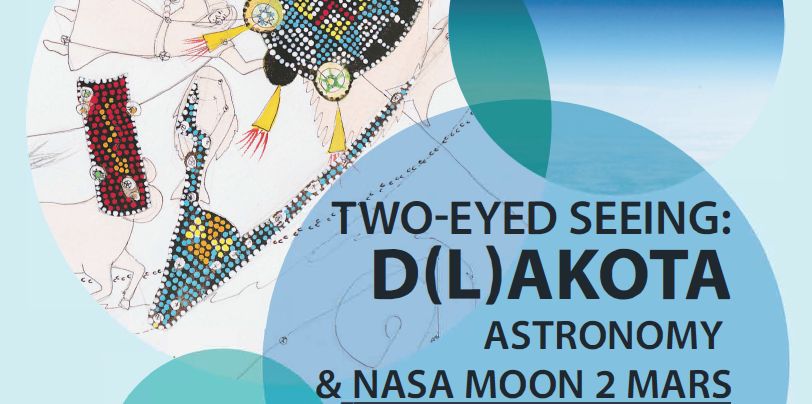
Two Eyed Seeing:
D(L)akota Astronomy & NASA Moon to Mars
Friday, November 13, 2020
10 am – 11 am cst
View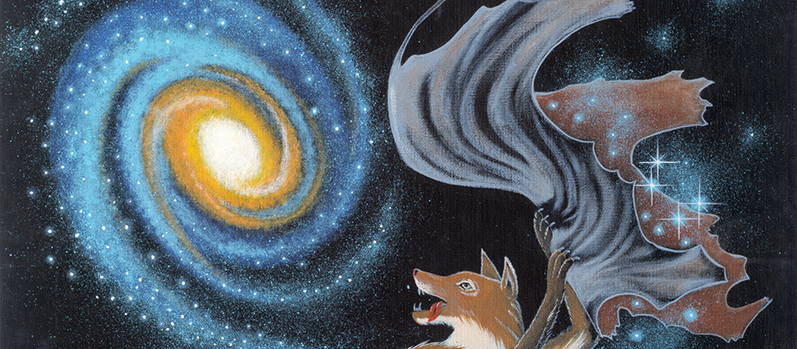
Two Eyed Seeing:
NAVAJO-DINE Astronomy & NASA Moon 2 Mars
January 29, 2021
9 am PST, 10 am MST, 11 am cst, 12 noon est
View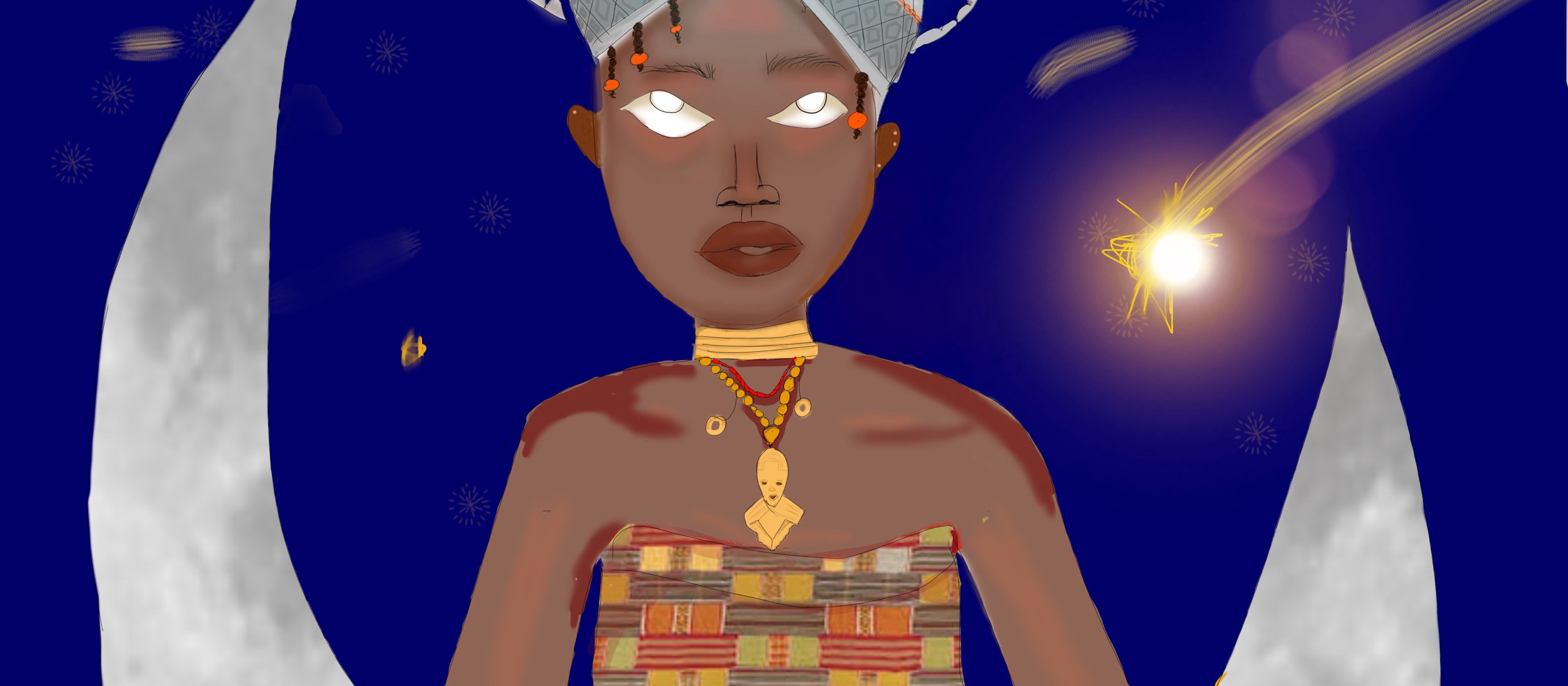
Two Eyed Seeing:
AFRICAN Indigenous Astronomy & NASA Moon to Mars
Friday, February 26, 2021
10:30 am cst
View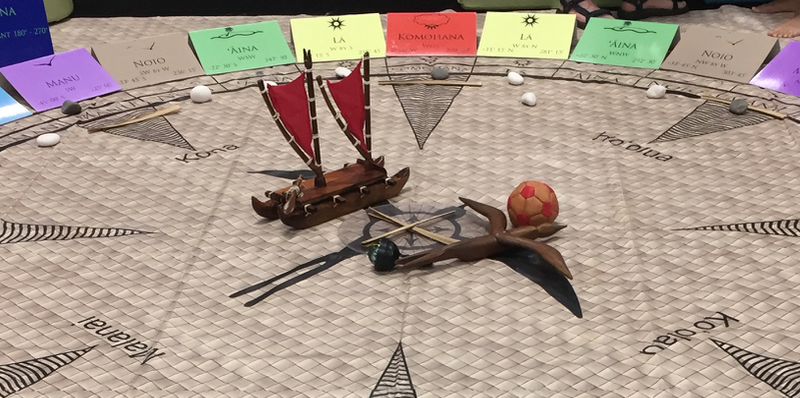
Two Eyed Seeing:
HAWAIIAN Indigenous Astronomy & NASA Moon to Mars
March 12, 2021
9 am hst, 11 am pst, 12 noon mst, 1 pm cst, 2 pm est
View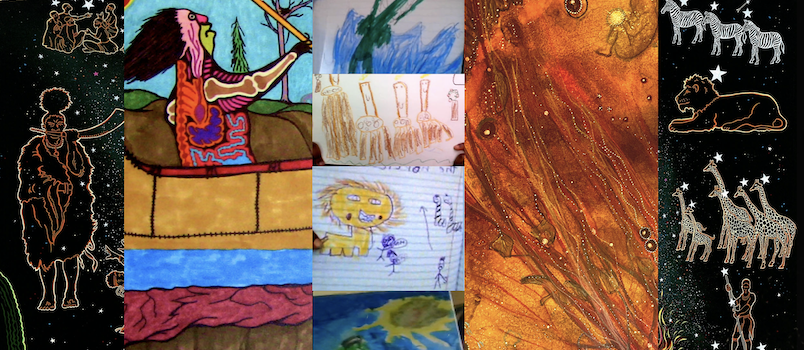
Two Eyed Seeing:
ART, Indigenous Astronomy & NASA Science-Making Spirit, Making Art
Friday, April 30, 2021
9 am cdt, 10 am edt, 8 am mdt, 7 am pdt
View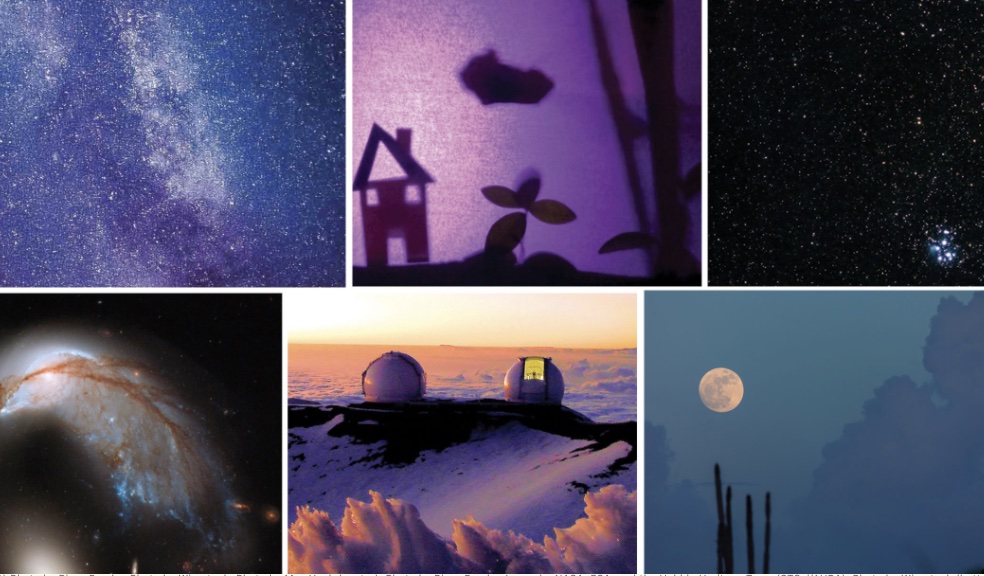
Two Eyed Seeing:
Arabian Indigenous Astronomy & the Stardust Project
Friday, May 14, 2021
10 am pdt, 11 am mdt, 12 noon cdt, 1 pm edt
ViewP: (612)-314-9717 Contact Us
nativeskywatchers@gmail.com Art website visit
annettelee.com
Acknowledgement: Native Skywatchers is located on the traditional and treaty land of the Dakota people, who along with the Ojibwe are the Indigenous peoples of this land, Mni Sota Makoce or Minnesota.
